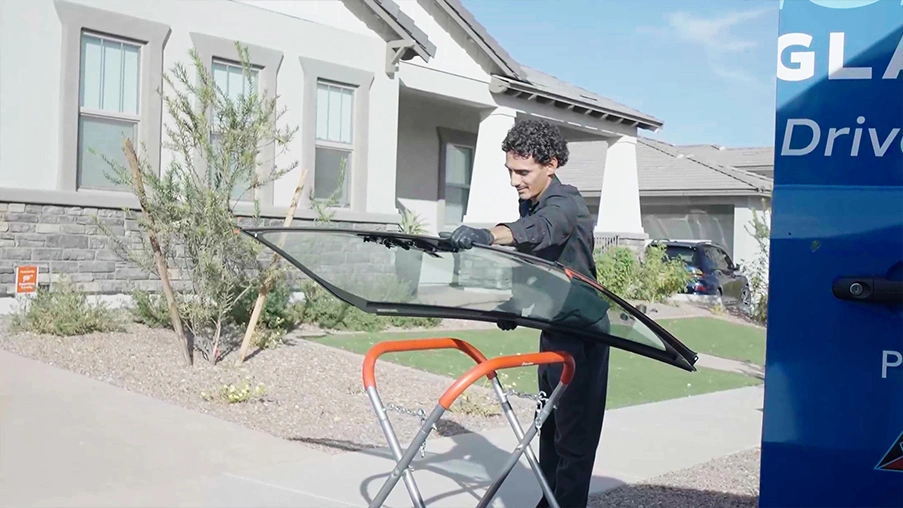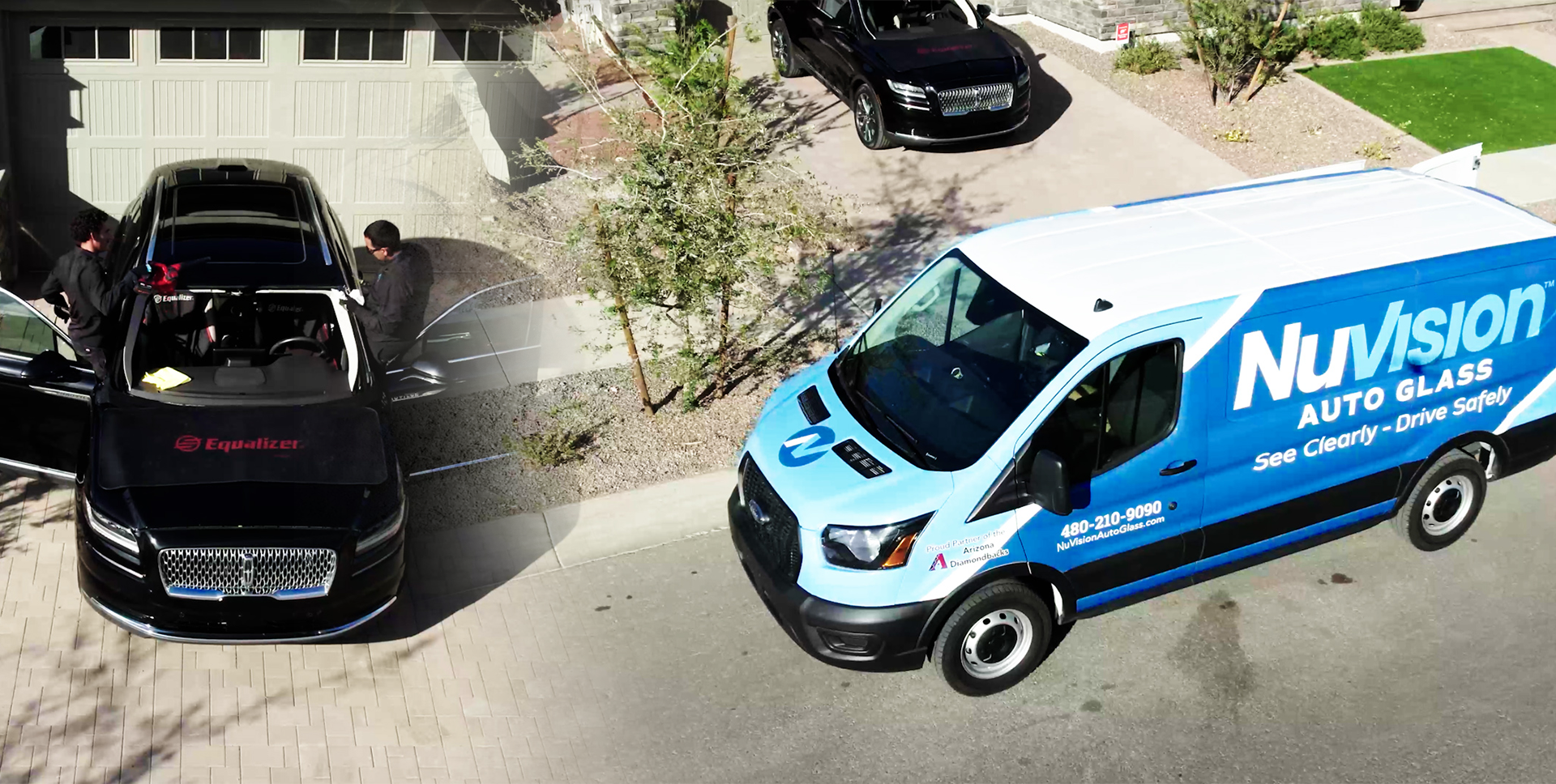How Long Does a New Windshield Need to Cure

If you’ve just had a windshield replacement or are planning one, understanding how long the new windshield needs to cure is crucial for your safety. The curing period affects everything from vehicle safety to the proper functioning of ADAS (Advanced Driver Assistance Systems). Whether you’re a daily commuter, rideshare driver, or weekend traveler, knowing the cure time helps you make informed decisions about when it’s safe to drive again.
What Is Windshield Curing?
Windshield curing is the process where the adhesive (typically urethane) used to bond the glass to the vehicle frame dries and sets. This ensures:
-
Structural integrity in the event of a collision.
-
The windshield stays sealed against rain, wind, and debris.
-
ADAS sensors are calibrated properly and remain aligned.
This adhesive needs time to harden – a period known as the Safe Drive-Away Time (SDAT).
How Long Does a Windshield Need to Cure?
-
Quick-Cure Adhesives: Ready in as little as 30 minutes to 1 hour.
-
Standard Adhesives: Require up to 24–48 hours to fully cure.
Always confirm the recommended curing time from your installer based on the adhesive type and your vehicle.
Key Factors That Affect Windshield Cure Time
-
Type of Adhesive Used
-
OEM-approved adhesives vs. fast-cure formulas.
-
Some adhesives are moisture-activated, while others require heat.
-
-
Temperature & Humidity
-
Warm, humid climates speed up curing.
-
Cold, dry environments slow it down significantly.
-
-
Vehicle Type & Features
-
SUVs and trucks may require longer curing due to weight distribution.
-
Vehicles with ADAS require recalibration, adding to total time.
-
Safety Precautions After Windshield Installation
To protect the curing process and ensure maximum safety, follow these post-installation tips:
1. Don’t Drive Before SDAT
-
Moving the car too soon can weaken the bond and cause leaks or failure in a crash.
2. Avoid Car Washes
-
Skip automatic or pressure car washes for at least 48 hours.
-
Hand-wipe your car gently without touching the windshield edges.
3. Minimize Vibrations
-
Avoid bumpy roads, potholes, and loud door slams.
-
Keep objects off the dashboard and near the glass.
4. Crack the Windows Slightly
-
Leave windows open ~1 inch for the first 24 hours to equalize interior pressure.
5. Park in a Controlled Environment
-
Use a garage or shaded area.
-
Protect the windshield from rain, snow, and direct sunlight.
6. Ensure Proper ADAS Calibration
-
Cameras and sensors behind the windshield must be recalibrated.
-
Misaligned systems can compromise lane assist, auto braking, and other safety features.
7. Double-Check the Installation
-
Inspect for gaps, air leaks, or uneven seals.
-
Report issues immediately for correction.
Why Curing Matters for ADAS and Safety
Modern cars rely heavily on windshield-mounted sensors. Improper curing can:
-
Misalign ADAS sensors.
-
Cause camera failures.
-
Increase crash risk due to faulty safety system responses.
NuVision Auto Glass specializes in ADAS calibration and OEM-quality windshield replacement with mobile service across Arizona, Florida, and South Carolina.
Why Choose NuVision for Your Windshield Needs?
-
Free Replacement with Insurance in many states.
-
Same-Day Mobile Service – We come to your home or office.
-
200,000+ Customers Served.
-
Up to $375 Cashback for Arizona customers with insurance.
Get a Quote or Schedule Now
Drive confidently, knowing your windshield is installed, cured, and calibrated properly.
Serving Arizona, Florida & South Carolina
With certified technicians and top-grade materials, NuVision Auto Glass makes windshield repair and replacement convenient, safe, and affordable.
Visit NuVisionAutoGlass to get started today.
FAQs
How long does a new windshield take to cure?
Most adhesives cure fully within 24–48 hours, though fast-cure urethane allows safe driving within 30–60 minutes.
Can I drive immediately after a windshield replacement?
Only if your installer confirms the adhesive has reached its safe drive-away time. Otherwise, wait the recommended time.
Is it okay if it rains after my windshield replacement?
Avoid water exposure like car washes or heavy rain for at least 24–48 hours to ensure proper sealing.
Do I need ADAS calibration after windshield replacement?
Yes, if your vehicle has ADAS features (lane assist, adaptive cruise, etc.), calibration is critical and often required.

